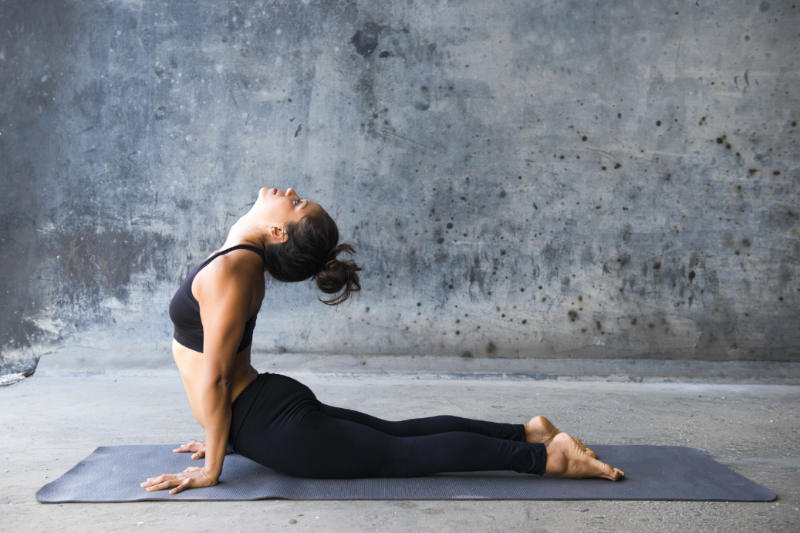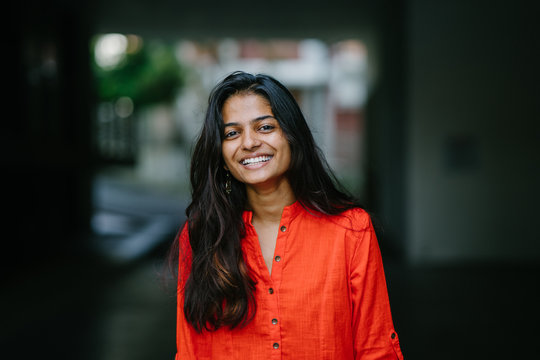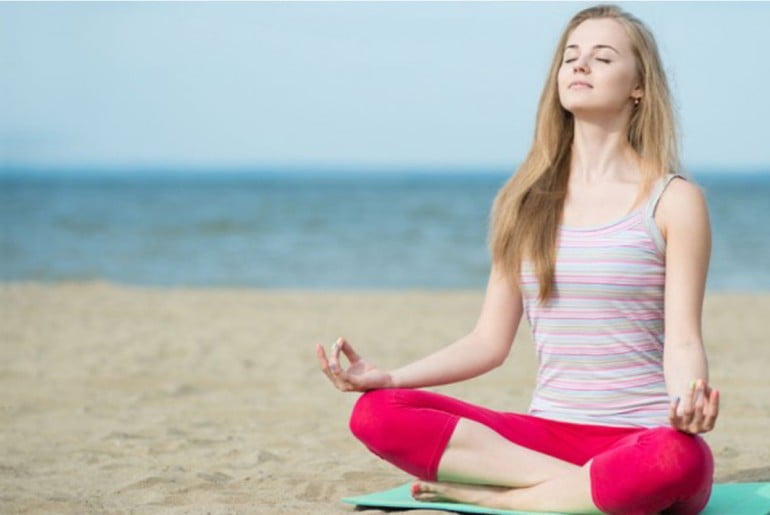
Polycystic Ovarian Disease or PCOD is one of the most common hormonal disorders affecting women of reproductive age, often leading to irregular periods, weight gain, acne, and fertility issues. While conventional treatments rely heavily on medication, many women are turning to holistic approaches for long-term relief. This case study explores the real-life journey of Priya Sharma, a 29-year-old IT professional, who successfully managed her PCOD symptoms through the consistent practice of yoga. Her story offers valuable insights into how yoga and mindful lifestyle changes can transform health and well-being from the inside out.

Table of Contents
Patient Profile:
- Name: Priya Sharma
- Age: 29 years
- Occupation: IT Professional
- Location: Bengaluru, India
- Marital Status: Married
- Lifestyle: Sedentary, high-stress work environment
- Medical History: Diagnosed with PCOD at age 25
Background and Symptoms:
Priya, a software engineer, had a highly stressful job with irregular hours. Over the past few years, she experienced the following symptoms:
- Irregular menstrual cycles (cycle gaps of 45–60 days)
- Weight gain, especially around the abdomen
- Acne and excessive facial hair growth (hirsutism)
- Hair thinning
- Mood swings and occasional anxiety
- Fatigue and low energy levels
- Difficulty conceiving
A gynecological consultation confirmed PCOD through an ultrasound that showed multiple cysts on the ovaries. Blood tests indicated elevated androgen levels and insulin resistance.
Initial Medical Intervention:
Priya was prescribed:
- Birth control pills to regulate her menstrual cycle
- Metformin for insulin resistance
- Anti-androgens for hirsutism
- Diet and exercise recommendations
While medications regulated her periods, the side effects (nausea, fatigue, emotional changes) made her feel worse. After 1.5 years, Priya began exploring alternative and holistic options, including yoga, to manage her condition long-term.

Introduction to Yoga Therapy:
Priya joined a yoga therapy program specifically designed for women with hormonal imbalances and PCOD. The approach was personalized and incorporated:
- Asanas (Postures)
- Pranayama (Breath control)
- Meditation and mindfulness
- Lifestyle changes (Ayurvedic diet suggestions and stress management)
Her yoga schedule was 5 days a week, for 60 minutes per session.
Yoga Practices Followed:
1. Asanas (Postures)
These were chosen to stimulate the abdominal organs, improve blood flow to the ovaries, reduce stress, and enhance hormonal balance.
- Supta Baddha Konasana (Reclining Bound Angle Pose)
- Bhujangasana (Cobra Pose)
- Dhanurasana (Bow Pose)
- Malasana (Garland Pose)
- Setu Bandhasana (Bridge Pose)
- Paschimottanasana (Seated Forward Bend)
- Marjariasana–Bitilasana (Cat–Cow Pose)
2. Pranayama (Breathing Techniques)
To reduce stress and improve oxygen flow:
- Anulom Vilom (Alternate Nostril Breathing)
- Bhramari (Bee Breath)
- Kapalbhati (Skull-Shining Breath) – practiced in moderation
- Sheetali and Sheetkari (Cooling Breaths)
3. Meditation and Stress Reduction
- Daily guided meditations (10–15 minutes)
- Yoga Nidra once a week
- Journaling and gratitude practices to boost emotional well-being
Lifestyle and Diet Modifications:
- Reduced sugar and refined carbs
- Adopted a predominantly plant-based diet with anti-inflammatory foods
- Started sleeping early and ensuring 7–8 hours of sleep
- Practiced mindfulness to reduce screen time and stress
Results After 6 Months of Consistent Practice:
Physical Improvements:
- Menstrual cycles became more regular (every 32–35 days)
- Weight loss of 7 kg (from 78 kg to 71 kg)
- Reduction in acne and facial hair
- Improved energy levels
Hormonal and Medical Markers:
- Improved insulin sensitivity (HOMA-IR scores normalized)
- Testosterone levels reduced to near-normal
- Ultrasound showed reduction in number of cysts
- Reduced need for Metformin and hormonal pills (tapered off under doctor supervision)
Emotional and Psychological Benefits:
- Decreased anxiety and mood swings
- Improved sleep quality
- Enhanced confidence and self-image
Conclusion:
This case highlights the transformational impact of yoga as a complementary therapy for PCOD. By addressing both the physiological and psychological aspects of the disorder, yoga empowered Priya to take control of her health naturally.
Her journey demonstrates that with discipline, consistency, and the right guidance, holistic healing through yoga can be a sustainable path to reversing or managing PCOD symptoms effectively.
Reference Articles:-




